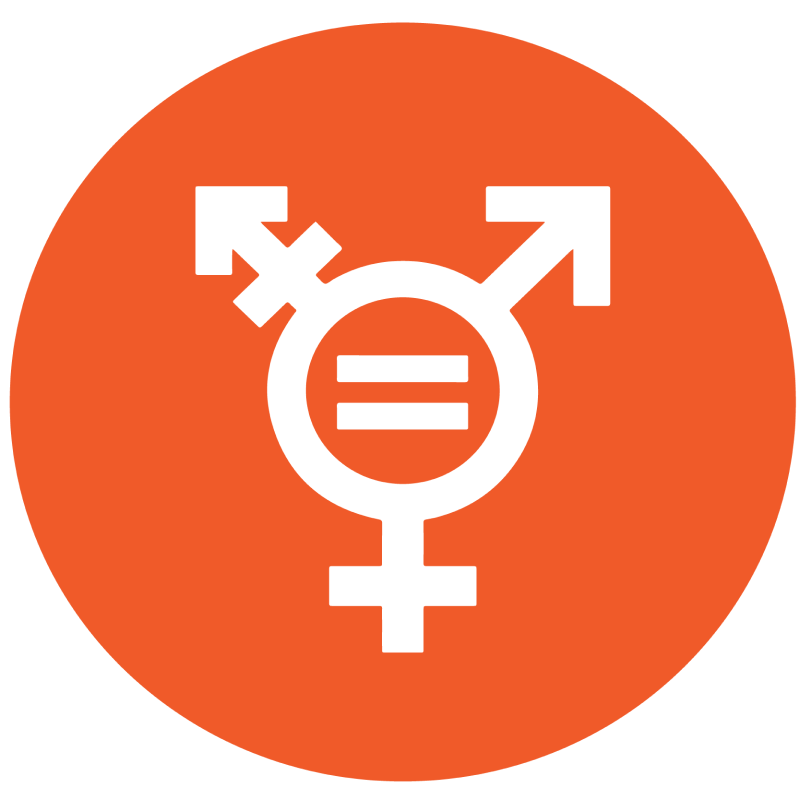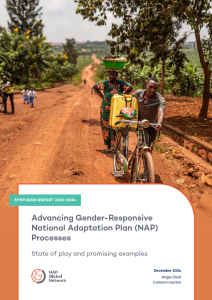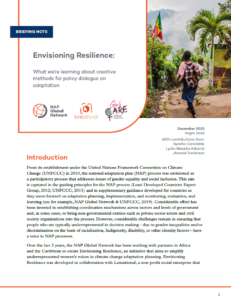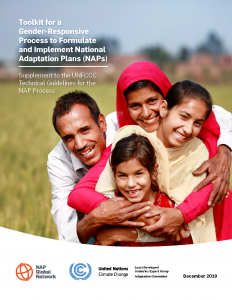Gender equality is a universal human right. It is also a key area of intersection across both the Sustainable Development Goals (SDGs) and the Paris Agreement. The NAP process presents an important opportunity to address gender inequalities, if it is undertaken in a gender-responsive manner.
Gender-responsive approaches go beyond sensitivity to the differences between women and men—they actively seek to promote gender equality. Applying this to the NAP process requires attention to gender throughout the iterative cycle of planning, implementation, and monitoring and evaluation. It also means consideration of gender issues in the crosscutting dimensions, including institutional arrangements, capacity development, financing and information sharing related to the NAP process.
A gender-responsive NAP process involves:
Watch this video to learn more:





